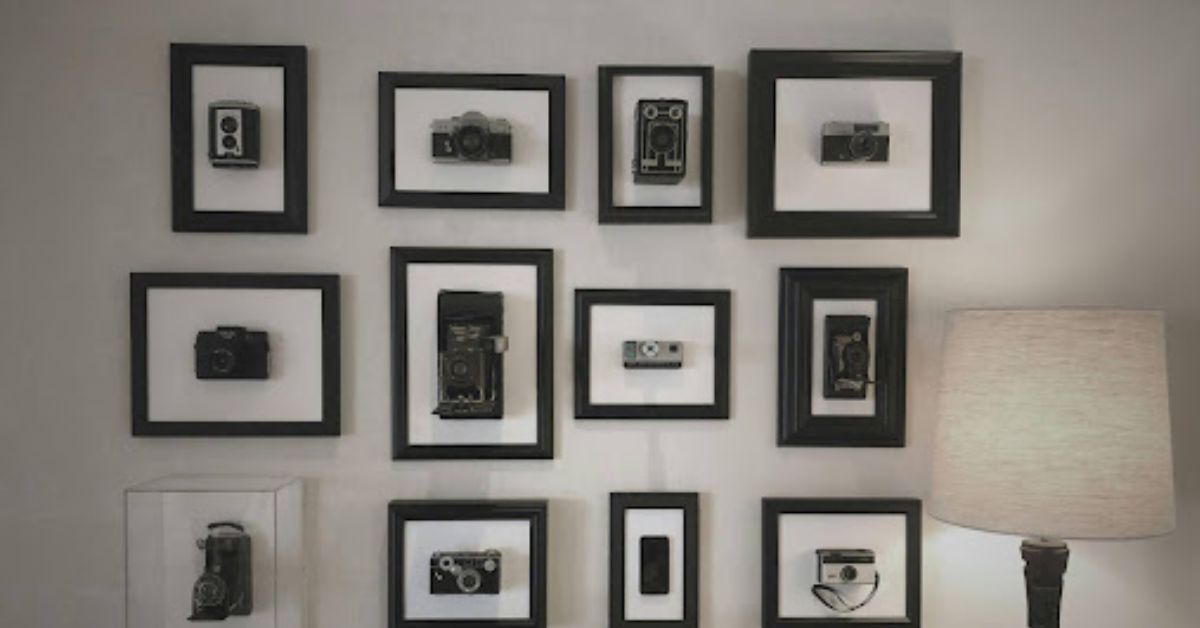Personal branding isn’t just about logos, taglines, or color palettes—it’s about presence. And presence often starts with style. Across cultures and generations, certain individuals have used clothing not only as expression but as a powerful extension of identity. Their fashion choices didn’t just catch attention—they told stories, shaped perception, and left legacies.
In today’s hyper-visual, digitally connected world, style still plays a critical role in how we’re perceived. Whether you’re a startup founder, public speaker, content creator, or community leader, the way you dress forms part of your personal narrative. And when that style is rooted in cultural authenticity, it becomes even more compelling.
Take something as specific—and iconic—as the black church hat. Worn with dignity, pride, and unmistakable flair, it communicates more than trend or function. It reflects heritage, status, confidence, and reverence all at once. Sites like https://designerchurchsuits.com/black-church-hats continue to preserve and elevate this cultural staple, showing that timeless fashion can still evolve with modern branding.
Let’s explore how cultural style icons—both historic and modern—have shaped personal branding across industries, and what lessons their signature looks offer anyone working to refine their own presence.
Dapper with Purpose: Malcolm X and the Power of Polished Minimalism
In the 1950s and 60s, Malcolm X became not just a political and spiritual leader, but also a symbol of disciplined style. His dark suits, narrow ties, clean glasses, and sharply creased slacks spoke volumes. The style was not flamboyant—it was intentional. It said: “I’m serious. I’m focused. I represent something larger than myself.”
This level of visual consistency contributed to his commanding presence. In branding terms, it was cohesion: same palette, same tone, same silhouette. Whether on stage or at the podium, he showed how minimalism, when refined, could enhance authority.
For professionals today—especially those in leadership, legal, or consulting roles—the Malcolm X formula holds weight. Clean lines. Fitted garments. A look that supports, rather than distracts from, your message.
The Legacy of the Hat: First Ladies and the Language of Tradition
Few fashion items carry as much social symbolism as the formal hat, particularly in African-American communities and religious settings. From Coretta Scott King to Michelle Obama, the image of a woman in a meticulously chosen hat commands respect—and has long stood for poise, dignity, and cultural strength.
Church hats, especially in black, do more than complete an outfit. They elevate it. They say, “I dress with purpose.” This tradition is deeply woven into personal branding, especially for women in leadership roles within faith-based, civic, and nonprofit spheres.
Brands like Designer Church Suits continue this legacy by offering modern interpretations of the classic black church hat—blending elegance with the boldness required for today’s powerful women.
It’s a reminder that headwear isn’t just decorative. It’s a crown.
Cultural Excellence: Frida Kahlo’s Visual Identity
Frida Kahlo remains one of the most visually distinctive figures in modern art history—not just because of her work, but because of her face, her wardrobe, her signature unibrow and braids, and her embrace of Mexican traditional dress.
Frida didn’t wear huipils and flower crowns for aesthetic reasons alone. She wore them as identity markers—signals of indigenous pride and political resistance. Her personal style was so iconic that it remains instantly recognizable worldwide.
For today’s creatives, Kahlo’s example reinforces a key branding lesson: your look can—and should—tell people who you are, where you come from, and what you believe in. Authenticity becomes your competitive edge.
Modern Modesty: Halima Aden and the Redefinition of Fashion Boundaries
Photo by Bardia Golzar on Unsplash
As the first hijab-wearing model to sign with a major agency and walk international runways, Halima Aden reshaped the fashion industry’s boundaries. Her personal brand, built on faith, modesty, and representation, came with a very clear style message: you don’t have to compromise your values to make a visual impact.
Halima’s branding success lies in her ability to stay visually distinct without relying on trends. Her clothing silhouettes—long, structured, and often monochromatic—are statement pieces in their own right. Her head coverings and styling create a frame around her face, bringing the focus to her message.
For anyone navigating between tradition and modernity, Halima’s approach proves that modest fashion isn’t restrictive—it’s powerful when done with intention.
Cultural Curation: André Leon Talley and the Weight of Fashion Knowledge
The late André Leon Talley, fashion editor and Vogue legend, brought cultural and academic weight to the world of high fashion. His kaftans, robes, and capes weren’t just eye-catching—they were intellectual statements. They drew from African, ecclesiastical, and aristocratic influences.
Talley’s outfits reflected his status as a curator of beauty and context. His garments weren’t just tailored—they were layered in meaning.
For professionals in creative industries, his look shows how clothing can reflect expertise. Wearing something unique yet rooted in heritage signals depth, discernment, and vision. A distinct aesthetic is not shallow—it’s substance, presented in fabric.
Street Meets Heritage: Pharrell Williams and Global Fluidity
Pharrell Williams is a master of mixing. Japanese streetwear, preppy tailoring, traditional African patterns—he wears them all, and somehow makes it cohesive. His wide-brimmed hats (including that Vivienne Westwood one), beaded jewelry, and well-curated sneakers have become signatures.
His brand isn’t a uniform—it’s a fusion. Pharrell reminds us that modern branding can be fluid, especially in industries like music, media, and digital entrepreneurship.
He represents global citizenry, cultural borrowing done respectfully, and versatility that doesn’t dilute his message. For multi-passionate professionals, he’s a case study in how to evolve without losing your center.
Understated Authority: Angela Bassett and Red-Carpet Consistency
Angela Bassett doesn’t just act—she arrives. Her red-carpet looks are modest, regal, and commanding. She rarely reveals too much skin, yet always exudes presence. Her structured gowns, long sleeves, and bold colors reflect both maturity and edge.
Angela’s personal brand is rooted in excellence, and her style echoes that. Her fashion choices say, “I’ve earned this space.” For professionals in academia, health care, or executive leadership, her look is a blueprint for strength and elegance without overstatement.
Visual Rhythm: Erykah Badu and the Avant-Garde Edge
Erykah Badu is a walking performance piece. Her towering hats, layered textiles, and mystic symbolism create a brand that feels more like an art installation than a wardrobe.
But within the spectacle is consistency. She controls her narrative visually with deep intention. Her style is a mirror of her sound: layered, soulful, experimental, and unapologetically Black.
For digital creators, musicians, or thought leaders, Erykah proves that breaking fashion norms isn’t risky when it reflects who you truly are. Her brand has edge because it has roots.
The Takeaway for Your Own Brand Presence
Across these icons—from classic to contemporary—the through line is clear: the best personal style isn’t about following fashion trends. It’s about using fashion to express what already defines you.
Whether it’s the structure of a tailored suit, the power of a hat, or the boldness of traditional fabric, cultural elements in personal branding add richness and resonance. They separate you from the crowd, while rooting you in something deeper than aesthetics.
For broader insights into the influence of fashion on social perception and branding, the Smithsonian National Museum of African American History and Culture includes compelling digital exhibitions on fashion, identity, and representation that offer historical context to the conversation around style and self-definition.











